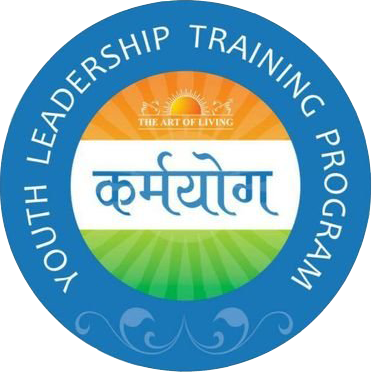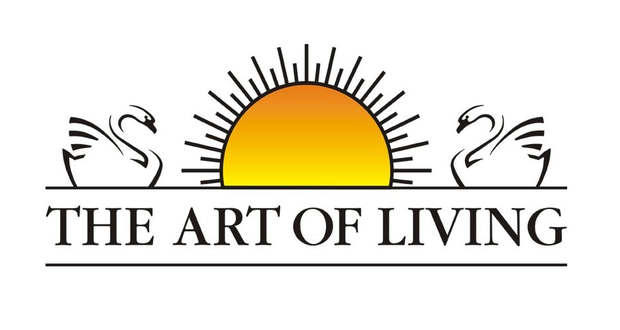India will be truly empowered when people at the grassroots start feeling confident about themselves, their way of life, their tradition and language.
- Gurudev Sri Sri Ravi Shankar
The seeds of this unusual saga were sown in 2017 in a Panchayat -Gada Haladia, Khorda Block, Khorda District in Odisha.
In 2016-17, as an outcome of the joint effort of Bharat Nirman Volunteers (Lab to Land) initiative of Ministry of Rural Development, Odisha and Youth Leadership Training Program (YLTP) of Art of Living. Few Yuvacharyas (name bestowed by HH Sri Sri Ravi Shankar to the youths who have completed YLTP training) of close by Panchayat, got inspired, teamed up together and with support of Panchayat Sarpanch, started working towards spreading awareness within Panchayat community and mobilizing Gram Sabha, and this led to the idea of Gram Swaraj.
It is a well-known fact that we have abdicated/outsourced our responsibility for our own health to Doctors
Similarly We - the youth of Village have outsourced the “Samruddhi” (all around prosperity) of our village to the Elected & Administrative representatives
Time to take Onus of our Village Prosperity in Our own Hands.
The key stakeholders in Gram Swaraj of a Gram Panchayat are just 3 entities
- Panchayat Community (comprising of villagers of all village in that panchayat)
- Panchayati Raj Institute Members of the Panchayat such as Sarpanch, PDO, Ward Members etc.
- Yuva Acharyas (youth who belong to that Panchayat and have been trained under Youth Leadership Training Program of Art of Living)
The Approach of Gram Swaraj is as per the Guidelines of Gram Panchayat Development Plan (GPDP of Ministry of Panchayati Raj) of that state and the Members of Gram Swaraj are guided by the GPDP of their respective States with respect to three aspects.
- Costless Development (such as Violence free, ODF free, Crime free, etc.
- Personal Development
- Convergence of various Government schemes under all remaining 7 verticals as per GPDP.
- Human Development
- Social Development
- Economic Development
- Environmental Development
- Infrastructure & Basic Amenities
- Social Security
- Good Governance
29 Subjects under above 8 verticals. For each of these functions mentioned below there will be a champion at Gram Panchayat level as PRATINIDHI who would have the Know How of Government schemes related to that Subject, along with support of other Pratinidhis, they would do a Gap Analysis on the subject (need vs. available) and with Community Support lead to convergence
- Agriculture, including agricultural extension.
- Land improvement, implementation of land reforms, land consolidation and soil conservation.
- Minor irrigation, water management and watershed development.
- Animal husbandry, dairying and poultry.
- Fisheries
- Social forestry and farm forestry.
- Minor forest produce
- Small scale industries, including food processing industries.
- Khadi, village and cottage industries.
- Rural housing.
- Safe Drinking water.
- Fuel and fodder.
- Roads, culverts, bridges, ferries, waterways and other means of communication.
- Rural electrification, including distribution of electricity.
- Non-conventional energy sources.
- Poverty alleviation programme.
- Education, including primary and secondary schools.
- Technical training and vocational education.
- Adult and non-formal education.
- Libraries
- Cultural activities
- Markets and fairs
- Health and sanitation, including hospitals, primary health centers and dispensaries.
- Family welfare.
- Women and child development
- Social welfare, including welfare of the handicapped and mentally retarded
- Welfare of the weaker sections, and in particular, of the Scheduled Castes and the Scheduled Tribes
- Public distribution system
- Maintenance of community assets
The Tools used are:
- Gram Panchayat Development Plan (GPDP) of the state, https://www.panchayat.gov.in/gpdp-guidelines-by-states
- GIS based ePRA (Participatory Rural Appraisal) on Bhuvan GIS Platform and Google Earth Pro, to integrate Panchayats of same Block for Block Development Plan & Zila Development Plan.
- E-Marketplace platform Deshi+ for villagers to sell or purchase local produce or local services to buyers belonging to same block or district, apply for Skills training & job opportunities in same block or district, the platform would be maintained and managed at local level by the Pratinidhis.
- Phase 1 – April 21 to Sep 21
- Phase 2 – Oct 21 to Mar 22
Phase 1 - The goal is to enable transformation of Gram Sabha by acting as intermediary between various resource providers and local communities, minimum 3 Gram Panchayat in 1 Block & 1 district in 28 States & 8 Union Territories in India.
Phase 2 – Gram Sabha Standing Committees members would draw their own Gram Panchayat Development Plan and start implementing and monitoring them for all 8 verticals as under: -
- Personal Development
- Human Development
- Social Development
- Economic Development
- Environmental Development
- Infrastructure & Basic Amenities
- Social Security
- Good Governance



